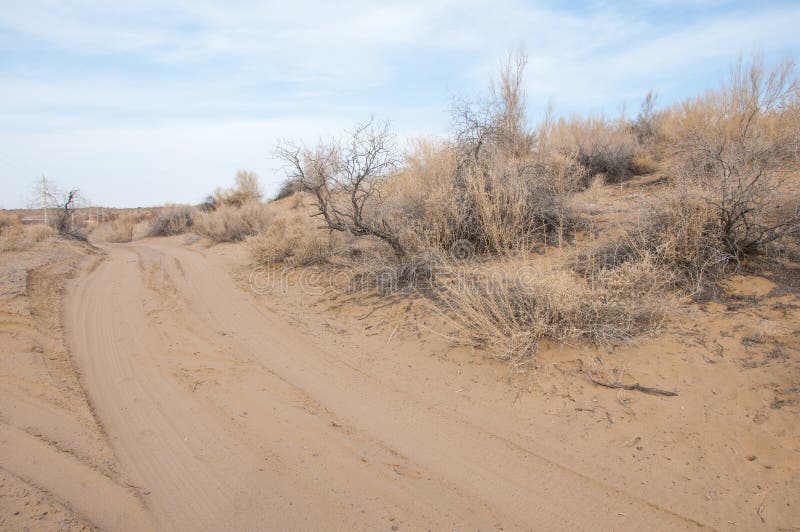
That means that you have to translate pixels to arc seconds and set it to whatever value is close to your normal average RMS error and well under the seeing and your image scale. When setting the dither you need to set it so that the next exposure begins when guiding has truly resumed. However, if you have any kind of fixed pattern noise then you have to work out how many pixels it covers and then set the dithering accordingly. The first is that dithering a couple of pixels (which is what I do) moves the mount enough so that the hot/cold pixels balance out a bit. I thought that there were two distinct issues with regards to setting up the size of the dither.

Most Sony IMX sensors can be dithered optimally at 8-10 pixels. I find that with most CMOS sensors, 8-10 pixels is usually enough, but a camera like the ASI1600 or QHY163 or Atik Horizon that has stronger banding may need more. Highly structured patterns, such as banding, are usually the patterns that still show up after dithering (our human eyes pick out such even and regular structures easily), and may warrant even larger dithers. If you find that you still see patterns in a stack dithered 8-10 pixels, then and only then would I recommend taking a closer look at the scale of your patterns (and even the REMNANT patterns, such as remnant banding) and see if you need to dither even more aggressively. The distribution should be fairly normal as well, so you should get a very good randomization of the patterns in the stack. This is because dithers themselves are "noisy", so the actual movements in Dec and RA will vary enough that your total distribution of movements between each frame will kind of "run the gamut" from 1-2 pixels, up to maybe 18-20 pixels or around there. Most of the time, 8-10 pixel dithers will do the job quite nicely.

So, dither by the scale of your patterns. Mottling, if it presents as a problem, can be 10-15 pixels or so in size, but it is also fairly weak in terms of amplitude, and does not always require dithering by 15 pixels or more to have a meaningful impact in reducing it. Some times they can be larger, notably with banding, you might have patterns 10 pixels or larger. Most of the time, these patterns are 1-2 pixels, 3-4 pixels, 5-8 pixels in size. Most of the patterns in modern sensors involve hot and cold pixels, column and cluster defects, banding, and maybe a low level mottling structure. If your patterns are around 20 pixels in size, quite large, you might need to dither more in the range of 20-40 pixels.

If your patterns are around 3-4 pixels in size, dither 4-8 pixels or so. Dithering shifts the pointing of the scope slightly each frame to randomize the position of the stars (which is what we register (align) each sub frame on), so that once all the frames are registered, the patterns then become randomized.įor dithering to be truly effective in randomizing the patterns, the SIZE or SCALE of each dither should be relative to the patterns.

Most pixels don't deviate enough in terms of this pattern to be rejected by pixel rejection algorithms, but do deviate enough to potentially cause things like walking noise (raining noise, properly termed correlated noise). There is always a pattern, of some kind, and every pixel in the sensor participates. While dithering has many benefits in general, the key reason we dither is to avoid correlation of the FPN (fixed pattern noise) when we register and stack our subs. Dithers should be relative to the size if the PATTERNS that need to be randomized.


 0 kommentar(er)
0 kommentar(er)
